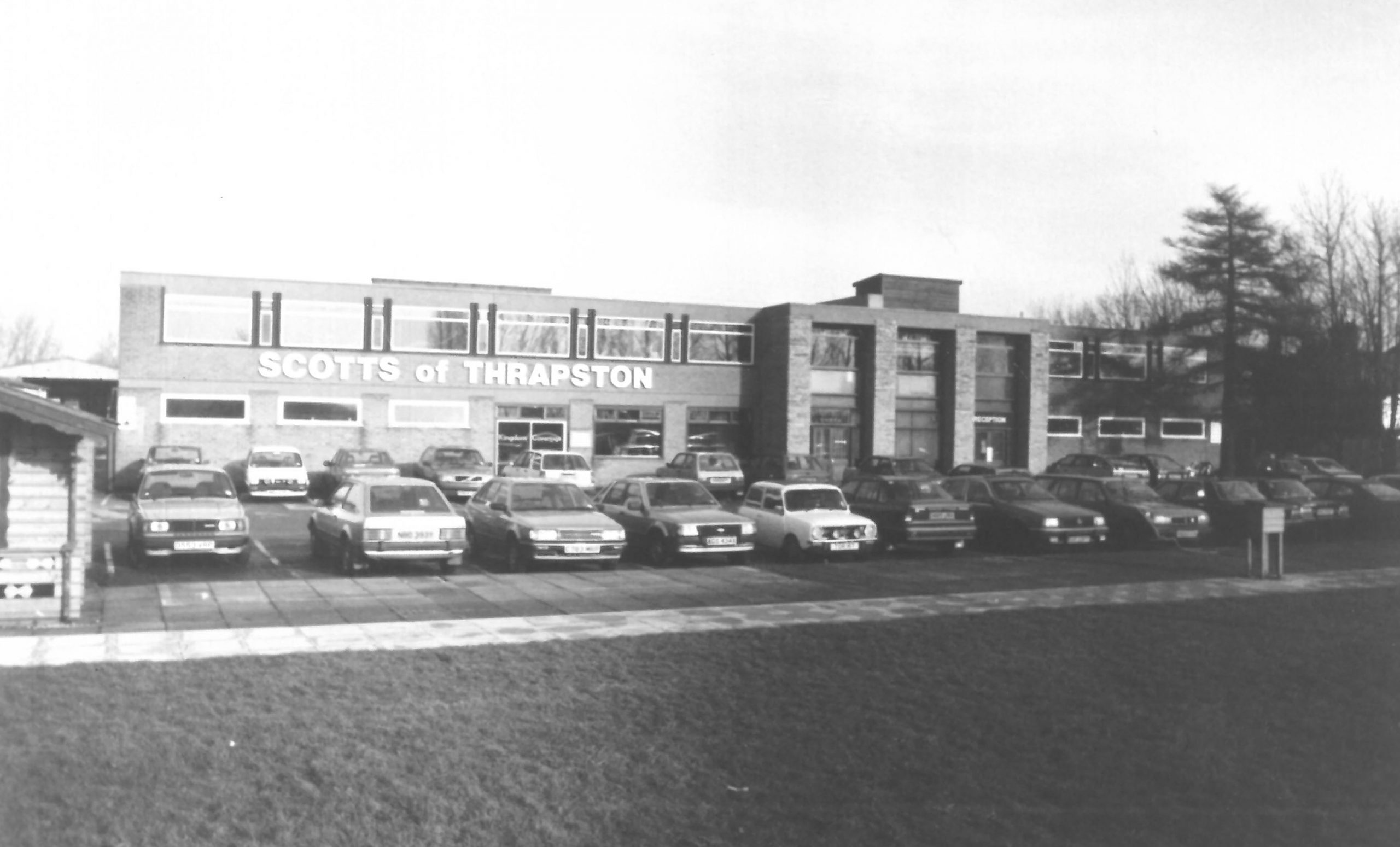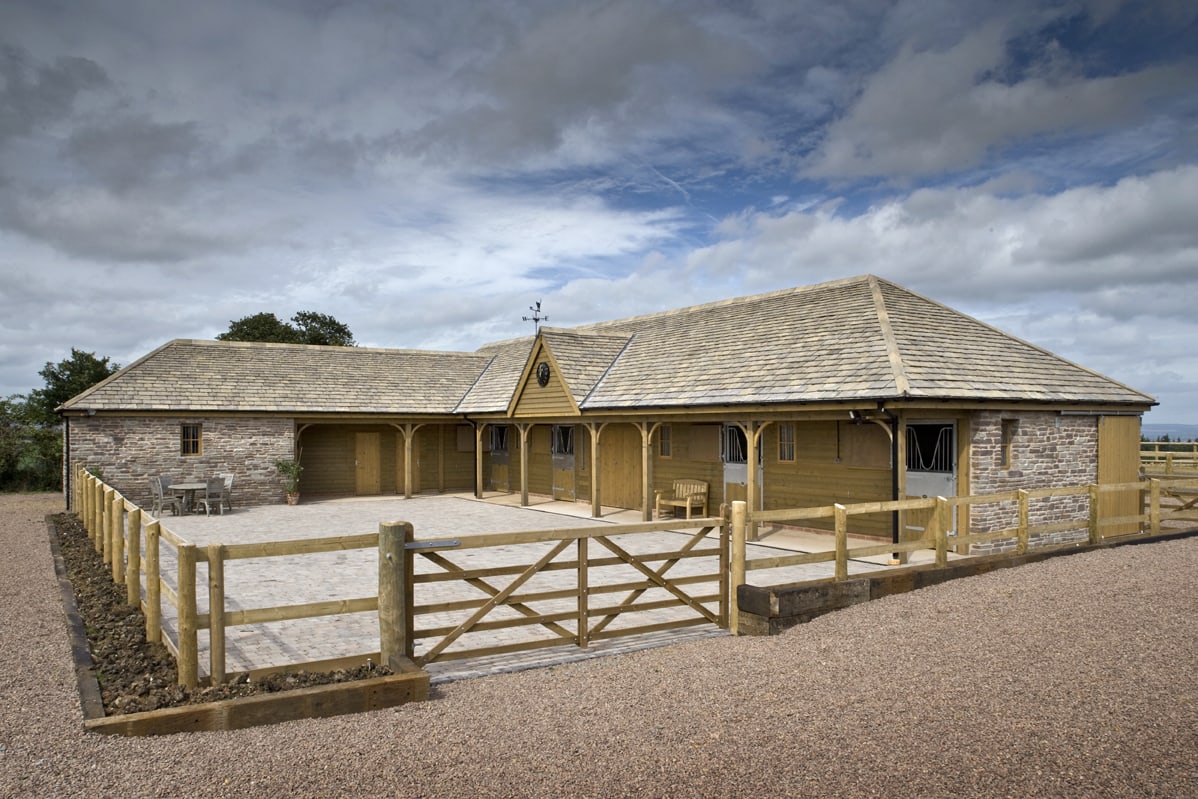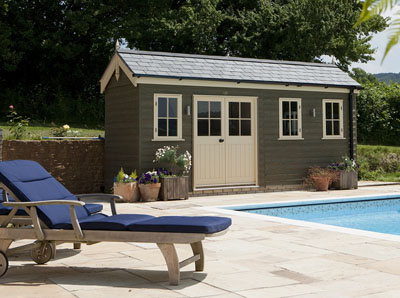We have all been spending more time at home over this last year, and so no wonder many people are investing more on home improvements.
If you have been starting to consider your outside space and thinking about building a new stable block, updating an existing yard or converting an outbuilding, we have produced a checklist to help you get started – and how Scotts of Thrapston can support the process during these uncertain times:
STEP 1
First of all, if you are building a new stable block recognise you will need planning permission. Many people have made the mistake in believing wooden stables do not require planning permission because they are a “temporary structure”– causing a lot of unnecessary expense and trouble. The bases and groundwork required for a premium finish can be extensive, and can significantly change the landscape.
STEP 2
Look up your Local Plan on your Local Authority’s website. They all have specific policies relating to horse management which may affect your scheme. See Local Planning Guidance notes or even Supplementary Planning Guidance (SPG) notices relating to horses, both should be freely available from your Local Authority.
STEP 3
Find out the name and contact details of your planning officer at your local authority and set up an informal chat to discuss your proposed project. If the yard is for commercial purposes you may have to submit an initial application before obtaining planning permission. This will add to your professional costs and increase your timescales so, again, it is best to speak to the planning office initially.
STEP 4
Call the Scotts team to discuss your requirements. Our team are well positioned to handle the bureaucracy and red tape, which is part of the service you get from us as the leading timber stable manufacturer.
STEP 5
You can then either book a Zoom call or site visit with our stabling expert Brett Goldsmith, who will follow all COVID protocols for a safe interaction.
He will take into account the surrounding architecture, ground levels and site lines which are key to a successful application. Broadly speaking, to be acceptable, any development has to fit in well with its surroundings, not impact on the amenities of neighbours and not cause traffic hazards.
If the yard is near to, or adjoining, an existing building or house, then it is highly likely that the design will need to match existing design details or styling in order to blend in. For example, the planning office might request a particular type of roof tile, or a colour for the wooden cladding or require a certain window style to match the local style. This will vary from county to county and may be stricter in a conservation area or being near to a listed building.
You can reduce the potential environmental impact of a stable yard by citing it in an appropriate place within the landscape (e.g. not on a prominent skyline) and by using existing hedge lines or trees as a visual screen.
STEP 6
Scotts of Thrapston offer advice about preparing an application and supply drawings to submit to the planning office. The drawings show all elevations and include sufficient detail to satisfy the curiosity of the planners.
STEP 7
Once you have a design and you have a professionally presented application, it is advisable to discuss any potential problems with the local officer and informally approach any neighbours to gauge their reaction.
STEP 8
You are now ready to submit for planning permission. During the pandemic the planning process has now been set up to operate remotely and applications will be considered by the Planning Committee on platforms such as ‘Zoom’. Meetings may also be livestreamed to the public through YouTube and Facebook, therefore your planning application may even attract a higher level of interest due to the ease of attending the meetings. So it’s important to create a strong application with the best advice possible.
The team at Scotts always allow at least four months for planning approval, but this could currently be much longer due to COVID. The government guidelines state that applications should be decided upon within 16 weeks, but Scotts’ experience shows that difficult applications can take much longer to settle. Don’t expect to make an application one month and get approval the next.
STEP 9
Scotts have the resources available to carry out the build during the pandemic. We have set up strict protocols for the team of erectors who remain in bubbles for the duration of a project. Including social distancing, keeping tools sanitised, wearing gloves and masks should the jobs involve closer contact with each other.
It needn’t be a trial…the way to clear the hurdles is to seek advice from experienced professionals; especially during these testing times. Scotts of Thrapston is still here to help guide you through the entire process, from initial concept and design through to planning approval and construction.
To find out more visit our timber stables webpage. You can also contact Brett Goldsmith at Scotts of Thrapston, call: 01832 732366 or email: equestrian@scottsofthrapston.co.uk.










